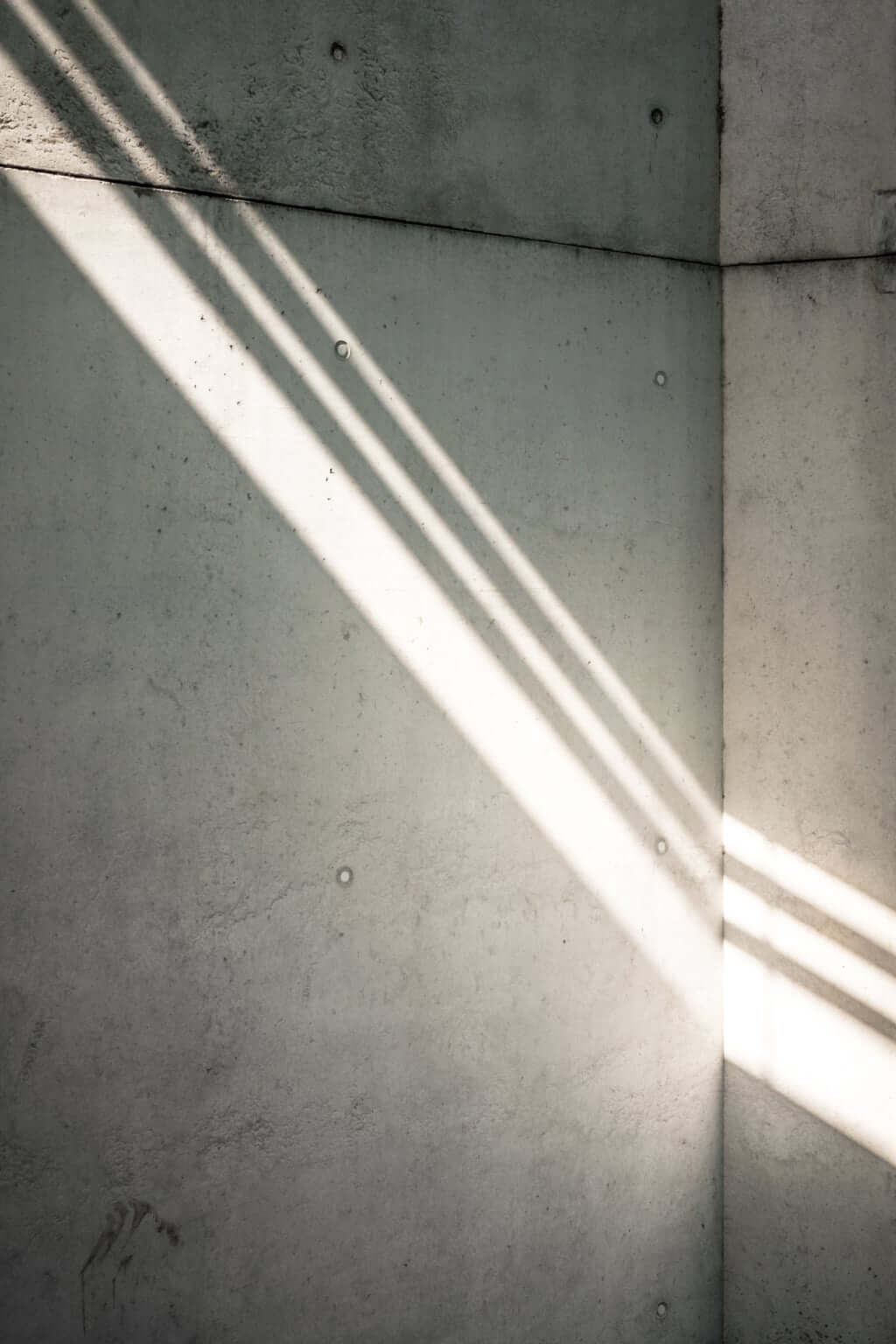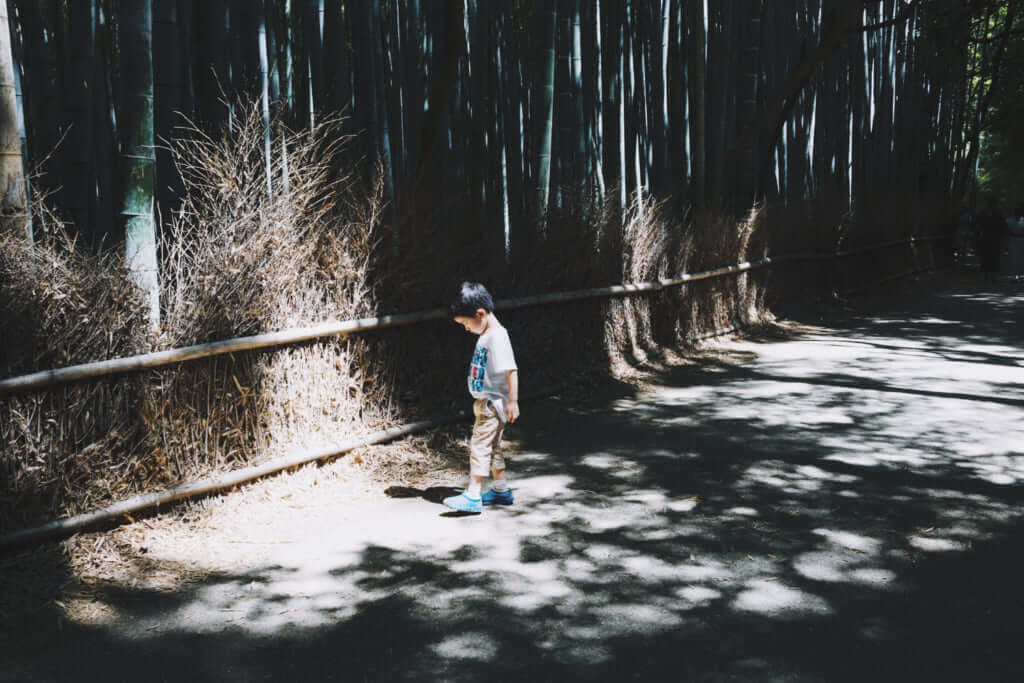The Must-Read Text on Japanese Aesthetics, ‘In Praise of Shadows’

©Samuel Zeller
First published in Japanese in 1933, Jun’ichiro Tanizaki’s In Praise of Shadows is a testimony to the enduring timelessness of Japanese aesthetics.
Rendering even the toilet an object of beauty, contemplation and meditation, ‘a place of spiritual repose’, Tanizaki delights in the details of design. You might wonder as to how the author and novelist is able to wax lyrical about the enchantment of a Japanese toilet for three pages, however it is the fine grain details that define this aesthetic whole. It is the specific degree of dimness, the absolute cleanliness and quiet, the surrounding moss wet from the rain, the intimacy of the raindrops falling from the leaves of the trees.
Other heart-stirring descriptions include the smoky patina of a worn silver sake cup, the sheen of lacquer reflecting the wavering candlelight, the meditative experience of eating yokan from a lacquer dish as if the very darkness of the room were melting on your tongue, a recipe for persimmon-leaf sushi. To use the language of contemporaneity, it reads like an exercise in mindfulness.
By juxtaposing Eastern and Western modes of perspective and of creating, Tanizaki develops an undulating methodology which allows for a profound scrutiny of modernity and culture in both spheres. With personal reflections on themes of architecture, design, interior furnishings, jade, food, lighting and craft, the text ossifies the key tenets of Japanese tradition in the face of an approaching global modernity.
With two new translations recently published in both English and French, the text is an essential reading for anyone with an interest in culturally specific aesthetics and the quiet calm of Japanese design and lifestyle. With growing global discontent in the face of a homogenised global culture, built-in obsolescence and disposability, reading Tanizaki is to take pleasure in permanence, sustainability and the natural world.

©C MA
TRENDING
-
A House from the Taisho Era Reveals Its Secrets
While visiting an abandoned building, Hamish Campbell discovered photographs the owner had taken of the place in the 1920s.

-
The Taboo-Breaking Erotica of Toshio Saeki
The master of the 1970s Japanese avant-garde reimagined his most iconic artworks for a limited box set with silkscreen artist Fumie Taniyama.

-
With Meisa Fujishiro, Tokyo's Nudes Stand Tall
In the series 'Sketches of Tokyo', the photographer revisits the genre by bringing it face to face with the capital's architecture.

-
Masahisa Fukase's Family Portraits
In his series ‘Family’, the photographer compiles surprising photos in which he questions death, the inescapable.

-
Hajime Sorayama's Futuristic Eroticism
The illustrator is the pioneer for a form of hyperrealism that combines sensuality and technology and depicts sexualised robots.





